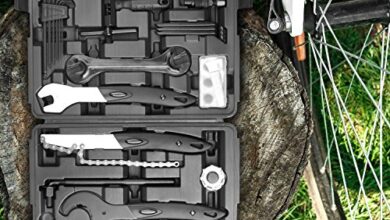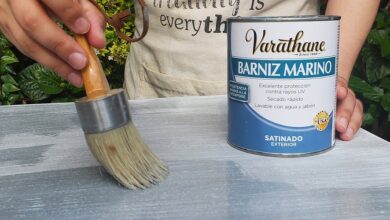Measurement tools

Measuring allows us to have accuracy when carrying out certain tasks at a domestic and professional level, since in this way it is possible to compare our data with an internationally recognized unit. However, there is a measurement instrument for every need, so it is important to know the most used and what they are for.
The history of measurement begins with the concept of number, as this allowed humans to count objects. But later, the very evolution of civilization forced people to develop mechanisms to measure time, mass, length, etc. Although initially the instruments were very rudimentary, today there are highly accurate devices. Let’s see some of them.
1. Balance
This is one of the most widely used measurement instruments worldwide, because it allows the mass of objects to be measured. It is believed that the balance was invented by the Egyptians about 3,000 years ago, but today there are very modern balances with digital technology, some are for domestic use and others are designed for specialized laboratories . In the industry, high-capacity scales are used that allow the measurement of tons.
2. Tape measure or flexometer
The flexometer is a very practical instrument used to measure lengths. Tape measures are used in engineering and architecture, but are also often useful in many other activities, including clothing design and small projects around the home.
3. Micrometer
Like the tape measure, the micrometer is used to measure the length of an object, but in this case, the instrument allows greater precision when assessing the size, since it works in the range of hundredths and thousandths of a millimeter. In this sense, it is especially useful for jewelers, millers and mechanics who work with small parts.

4. Measuring ruler
This is a very simple instrument, but it has multiple applications, especially in the technical drawing of architecture, mechanics, electricity, topography, among many other areas of knowledge. Generally, the ruler is made of wood, metal, or plastic. It has a rectangular shape, but the most important thing is that it includes a longitudinal graduated scale.
5. Photometer
Among the most specific measurement tools is the photometer, which allows the incident or reflected light of the object or subject to be photographed to be measured. It is usually used by professional filmmakers and photographers, with the aim of setting up cameras and controlling lighting depending on the result of measurements.
6. Voltmeter
It is a device that allows to measure the electrical potential difference between two points of the same circuit, providing a result in volts. If you are wondering how a voltmeter works, the first thing you should know is that each device is designed for a specific use, some measure a large voltage, while others value very small amounts of current.
7. Multimeter
Although it is very similar to the voltmeter, the advantage of this instrument is that it not only measures the voltage, but also offers the values of the resistance in ohms and the current in amps, therefore, it has multiple uses in the area of electricity.. To know how a multimeter works, it is necessary to review the characteristics of the device, since each model comes with a different capacity.

8. Thermometer
This is an invention of the Italians. The direct antecedent of the thermometer is considered to have been designed by Galileo Galilei in the late 16th century, but it was not until the 17th century that his colleagues, the physician Santorio Santorio and the mathematician Francesco Sagredo, added a graduated scale to Galilei’s invention. Later, Santorio would improve the device, making it the first clinical thermometer. At present, the thermometer is widely used to measure body temperature, ambient temperature, etc., being one of the most important measuring devices.
9. Clock
The first clock was a very rudimentary instrument, which worked with the sun and was created by the Egyptians in approximately 1500 BC, however, even today we use clocks to measure time . These are devices that allow counting the number of elapsed cycles, by means of a resonator, which is a device capable of producing a periodic phenomenon. In this way, it is possible to divide the duration of the day into hours, minutes and seconds, which is why the clock has been essential for the organization of work and other human activities throughout the world.
10. Barometer
There are different types of instruments used in meteorology, but the barometer is one of the most popular. It is an analog or digital device that allows frequent measurements of atmospheric pressure, that is, it assesses the weight per unit area that the atmosphere exerts on us. In general, if the barometer indicates a drop in atmospheric pressure, it is understood that there may be bad weather, on the other hand, when the pressure increases, it is very likely that the good weather will return. This is very useful in gardening and farming, but also for people planning outdoor activities.
11. Anemometer
It is another very useful meteorological instrument as a complement to the barometer. In this case, the anemometer measures the speed of the wind, thus helping to predict the weather .
12. Sound level meter
A sound meter is an instrument that allows you to know precisely the noise level of a specific place. Thanks to the data provided by this device, it is possible to take corrective actions in time, in order to avoid noise pollution. The sound level meter is used in occupational safety to protect workers from continuous noise caused by machines, as well as impact noise caused by blows that generate peaks and cause serious problems for people. From a domestic point of view, having a sound level meter allows us to know if we have exceeded the noise limit allowed by the city council.
As we can see, there are many tools to measure, but it is important to pay attention to the fundamental characteristics of each one to use the most appropriate according to the needs of the moment.



